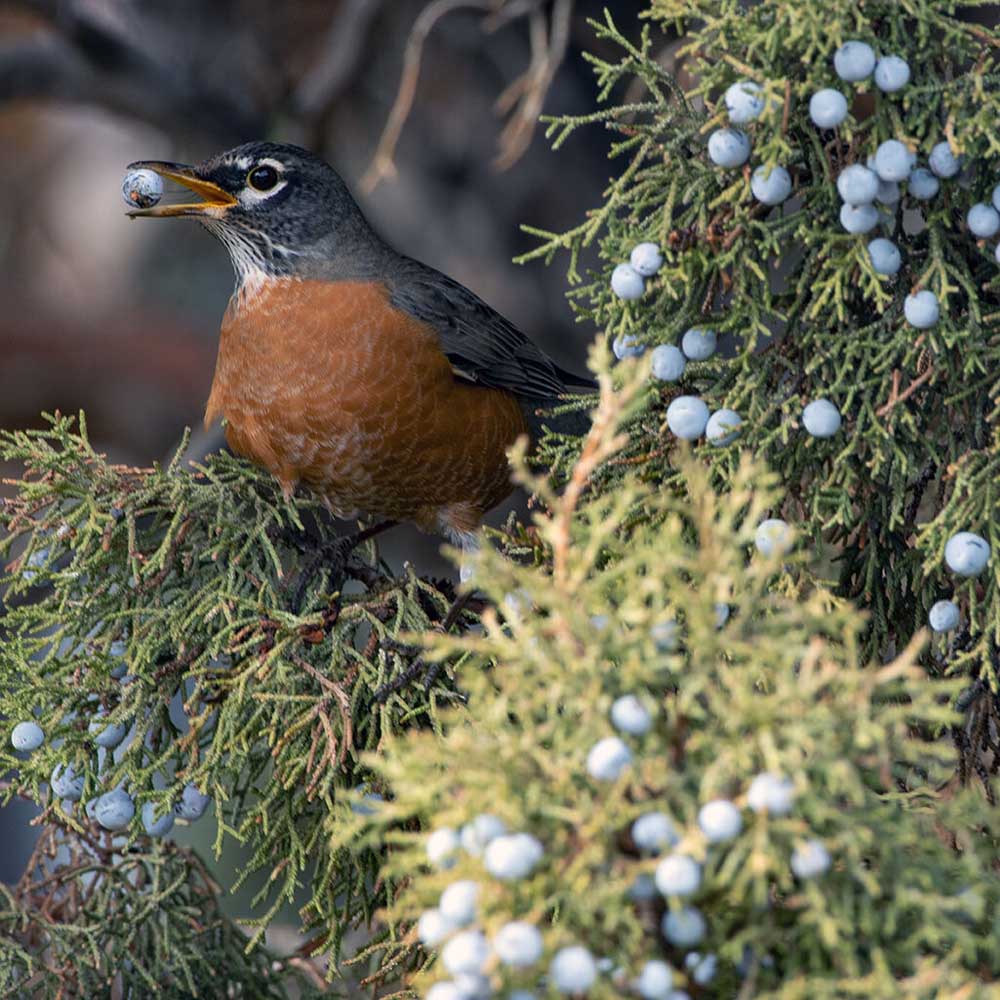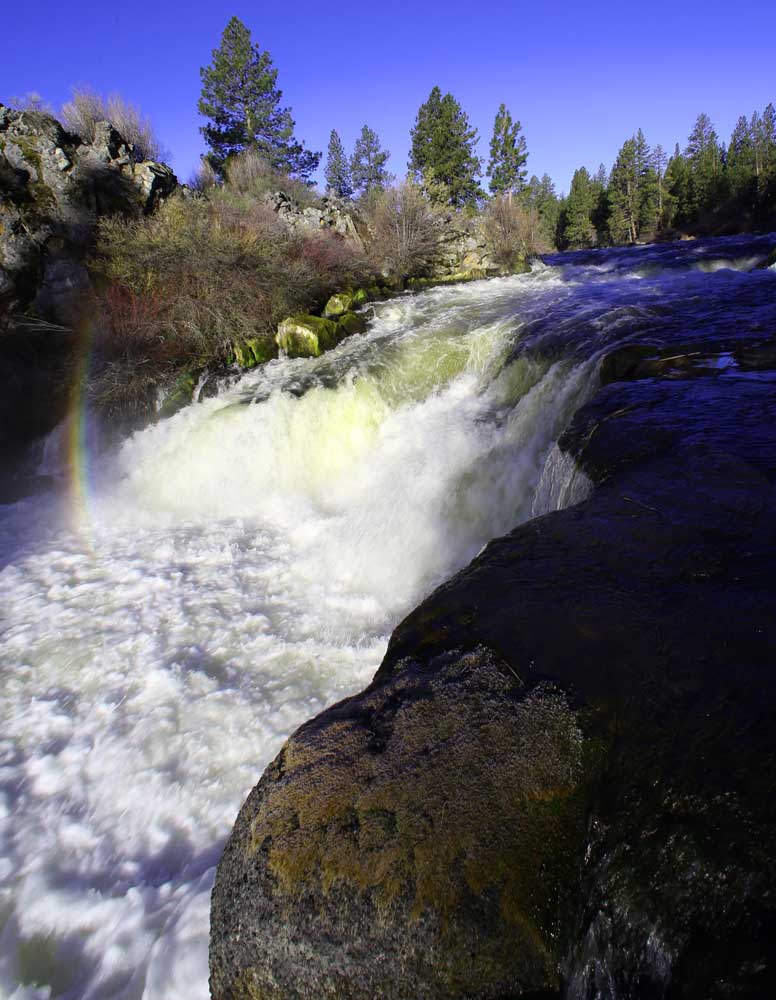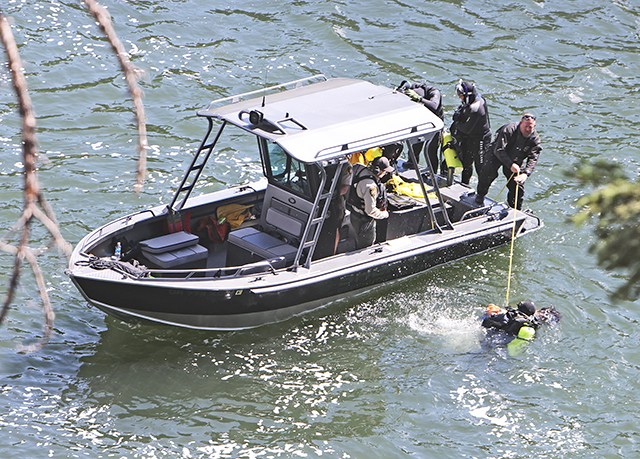Peek at wildlife this Christmas
Published 4:00 am Friday, December 24, 2021

- Robins may take advantage of juniper berries as a food source in winter. From a Bulletin entry 100 years ago: Whether the berry of the lowly juniper tree can be included in horticultural products will not be definitely known until the Bay state chemist tests several bushels of the Central Oregon berries. L. Antles, secretary of the Bend Commercial club, received a letter this morning asking that 250 pounds of the berries be sent to the chemist’s laboratories.
Whether you have out-of-town guests, just want to get some fresh air or need to put some distance between yourself and the Christmas cookies, winter can be a great time to get outside and spot wildlife.
“Venturing out into the High Desert to look for wildlife is a good wintertime activity for families, as you don’t need much in the way of special skills. A bit of patience will do the trick,” said Lace Thornberg, communications manager at the Oregon Natural Desert Association.
Trending
And the precipitation in this week’s forecast means animals, including birds, that are moving to lower elevations might be bringing the show to you.
“Right now, the snow is driving some critters down out of the higher mountains,” said retired science educator Scott Bowler for tips on spotting wildlife. Bowler is a volunteer with ONDA and was named its conservationist of the year in 2020. On top of the other work he does, Bowler has written about winter wildlife watching in Central Oregon on its website.
Birds one might see in area forests include woodpeckers that winter here, including flocks of northern flickers. He’s been seeing pinyon jays in forests near his home in Sisters. You might also spot birds feasting on juniper berries.
“I’ve noticed this year, more robins in the junipers,” he said, possibly due to drier conditions this year. “A lot of the crops of fruits of the birds have been so light that the robins are being driven to eat the junipers, which seem to produce even more in a drought.”
Craig Miller, GIS specialist at ONDA, added that pine siskins, Cassin finches, evening grosbeaks and rough-legged hawks trails are out and about as well. Miller recommended the Deschutes River and the Crooked River Wetlands Complex near Prineville for birdwatching in winter, as well as Summer Lake Wildlife Refuge to the southeast.
Miller noted a record number of bald eagles were spotted during the Bend Christmas Bird Count last Saturday, “so there is a good population of those around Bend.”
Trending
Birds aren’t the only creatures on the move now, however. Coyotes can be out and about more, hunting mice, ground squirrels and other prey, and can often be seen in farm fields, bottomlands and near the border of brushy areas, as well as canyons and riparian areas.
“Most people really like to see big stuff, right?” said Bowler, referring to the elk, mule deer and other species around Central Oregon. In the High Desert between Brothers and Burns, one might spot herds of pronghorn.
“To see a whole herd of 50 to 75 of them grazing is a pretty neat thing in the winter,” Bowler said.
As true wintry cold and conditions descend upon us in the days and weeks ahead, Thornberg said, “Be sure you are well-prepared for cold temperatures and low-light or darkness.”
And if you’d prefer to stay indoors with the Christmas cookies, another way to enjoy area species is to check out ONDA’s virtual exhibit “Envisioning Wild,” which boasts gorgeous portraits of High Desert wildlife.








